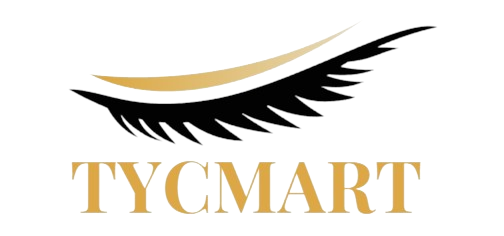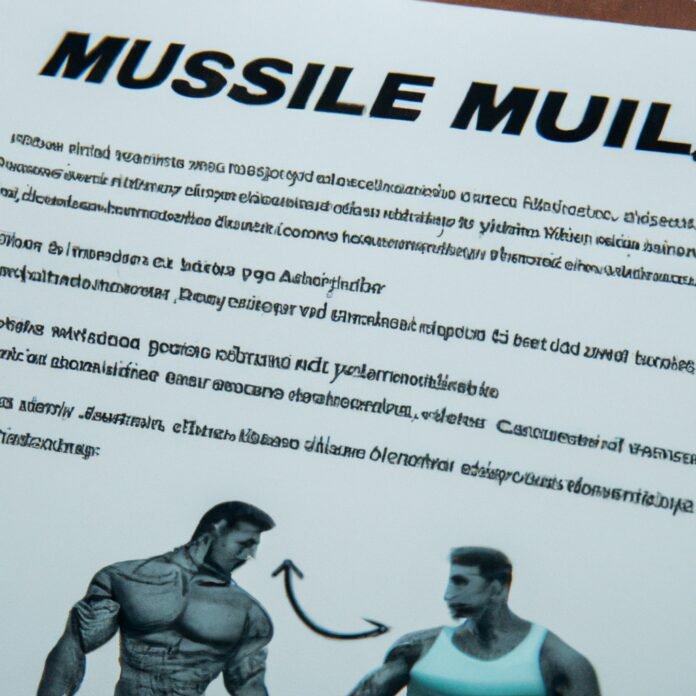For many men, going to the gym can feel like a tiresome chore — so why not make it more fun, and more focused? Tailoring your workouts to specifically meet your goals can make your workouts more enjoyable and more effective, and can be the best way to ensure that the hard work you do in the gym is achieving what you want. Read on to learn about how you can create a tailored workout routine to help you achieve your individual fitness goals.
1. Getting to Know Your Optimal Fitness Goals
Knowing Yourself and Planning Ahead
You’ve decided to take the plunge and get fit – that’s great! But if you’re going to reach your optimal fitness goals, first you have to set yourself some realistic targets. That means getting to know yourself, your body, and your unique strengths and weaknesses.
Take some time to think about the sort of activity you believe will best match your goals, abilities, and lifestyle. Schedule in realistic formal work-outs over the week, in order to avoid piling on the pressure and the disappointment that could follow when those targets aren’t met.
Write a plan: Start by considering the following points:
- What are your long-term fitness goals?
- How much time can you dedicate towards achieving them?
- What sort of sports or activities you could stick to?
- What are the finances available for fitness and equipment?
- What other commitments compete for your time?
If you’re serious about getting fit, the best thing you can do is to construct a definitive and achievable plan. Keeping track of progress is as important as following your plan – it can provide the extra bit of motivation when you feel like giving up.
2. Strategies for Tailoring Workouts to Maximize Muscle Building
Pushing your body hard is the only way to build muscle. However, to maximize your results and keep your workouts from becoming monotonous, you’ll need to know some strategies to tailor your workouts and keep them fresh. Here are some tips for building muscle and getting the most from your routine:
- Mix Up Your Sets and Repetitions: Don’t be afraid to mess around with the amount of sets and reps you do for each exercise. Switching up how many sets and reps you do, and the amount of weight you use, forces your body to adjust and you’ll see better results.
- Include Plyometrics: Incorporating plyometrics into your workout is a great way to build up the power in your muscles. Plyometric movements like box jumps and burpees push your body into overdrive and help build sustainable muscle.
- Stay Focused: Don’t allow yourself to get distracted when you’re at the gym. Make sure your focus is always on form and quality. Going too quickly or using poor form can lead to injury, so take your time and pay attention to every movement.
In addition to a tailored strategy of sets, reps, and weighted exercises, make sure you don’t forget about the importance of nutrition and keeping the rest of your life in order. Eating clean, sleeping well, and avoiding stress will all go a long way towards helping you maximize your muscle-building efforts.
3. Unraveling the Benefits of Progressive Resistance Training
In the world of strength and conditioning, progressive resistance training is king. It has been around for decades and remains one of the most effective ways to add size, strength, and explosiveness. And yet many people still don’t make the most of this training method. Let’s take a look at the many benefits of progressive resistance training.
Safety
At its core, progressive resistance training is about achieving more with less. With precision of movements and carefully increased work load, this training style ensures your body is getting a sustainable, effective workout without any undue risk to your joints or muscles. As such, it is one of the safest ways to strength train.
Results
- Muscular gain: Progressive resistance training promotes powerful muscle gains for both beginner and professional athletes alike.
- Speed gain: This type of training can provide an effective boost to your speed and agility.
- Stamina improvement: As you increase the amount of weight your body must move, you’ll build your muscles’ endurance for the long run.
Adaptability
One of the greatest assets of progressive resistance is its versatility. From plyometric movements to Olympic weightlifting, you can tailor the exercises to fit your personal fitness goals. Furthermore, this type of training can be done with dumbbells, barbells, and machines, allowing for a wide range of intensity and targeting different muscle groups.
4. Working the Core: Integrating Abdomen and Back into Your Routine
Your core muscles are incredibly important—they help your body stay upright and balanced, and also provide a valuable source of stability when you make movements. Working the core can be a great way to stay in shape, but how can you make sure you’re targeting your abdomen and back at the same time?
The best way to achieve integrated core strength is to incorporate exercises that target both the abdomen and back in your routine. Here are some tips on how to do that:
- Focus on the mind-body connection. Your core is made of a complex set of muscles that connect many different parts of the body. To really get the most out of your exercises, make sure you’re conscious of how you’re using your core to help you in each move.
- Mix up your exercises. To keep your body responsive, keep your core muscles guessing by trying different exercises. Aim for a mix of exercises that target the abdomen and back at the same time, like planks, superman holds, and glute bridges.
- Monitor your progress. Track your progress to see if your core strength is improving. This will help you gauge your improvement and adjust your routine accordingly.
By following these tips, you’ll be well on your way to ensuring that your routine includes exercises that target both your abdomen and back.
5. Fuel for the Fire: The Essential Role of Nutrition in Muscle Building
Nutrition plays a vital role in muscle building. The most important thing for bodybuilders and athletes is getting enough protein. Protein is the primary building block of muscle, and the right foods can help you get the nutrients you need to build muscle. Adequate protein consumption helps you to not only repair muscle, but also to build muscle mass.
Here are some of the key food groups for muscle building:
- Healthy fats: Healthy fats provide vital energy and essential fatty acids to our body, which helps to fight inflammation, enhance circulation and support cell growth. Examples of healthy fats are salmon, avocado, nuts, and natural nut butters.
- Complex carbohydrates: Complex carbohydrates provide energy for intense workouts, allowing us to perform at our best. Whole grains, legumes, and root vegetables such as potatoes are excellent sources of complex carbohydrates.
- Protein: Protein is essential for muscle growth and repair. Foods that are high in protein include lean meats, eggs, nuts, and protein-rich dairy products.
In addition to eating a balanced diet, supplements can help bodybuilders get enough protein and other essential nutrients for optimal muscle-building results. Supplements are especially important for those who are missing key nutrients in their diet due to an unhealthy or limited diet.
By following a healthy, balanced diet and supplementing with the right nutrients, bodybuilders can ensure their bodies are getting the fuel they need to build muscle mass. Getting enough nutrition is key to achieving your muscle-building goals!
Fitness and muscle building isn’t just for the traditionally strong and able-bodied. You can create a customized routine to help you achieve whatever goals you set your mind to, regardless of your level of physical ability. With perseverance and dedication, you can master any workout and celebrate the successes of your own body.

